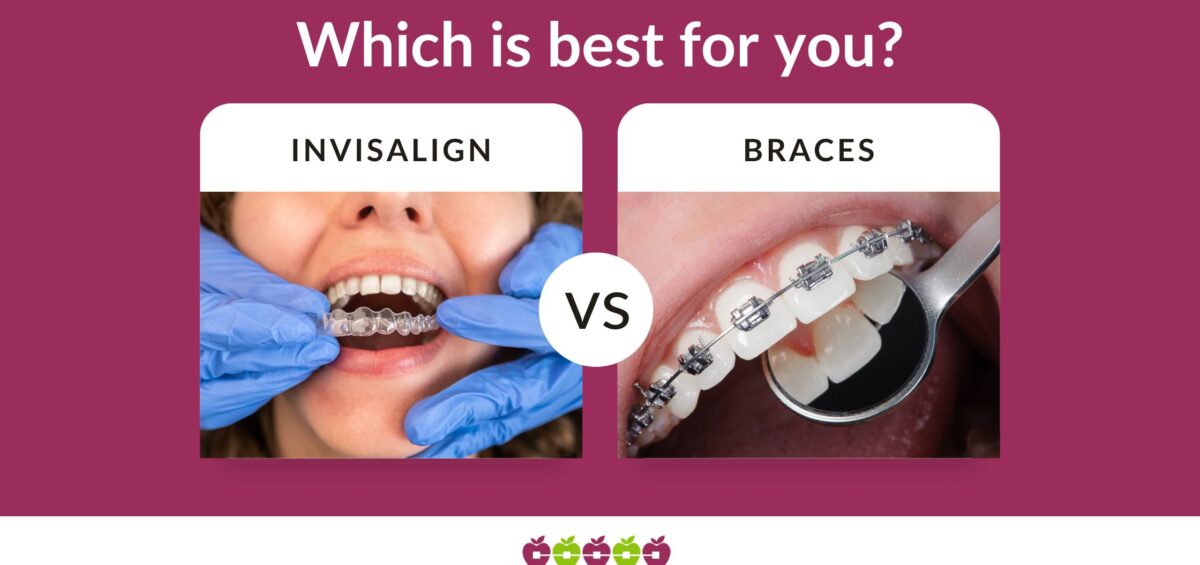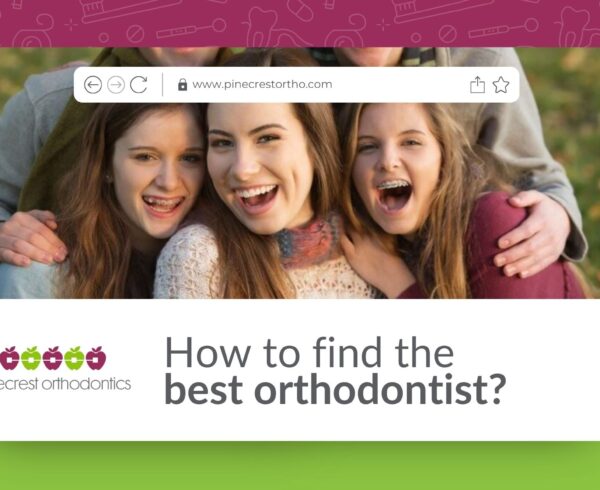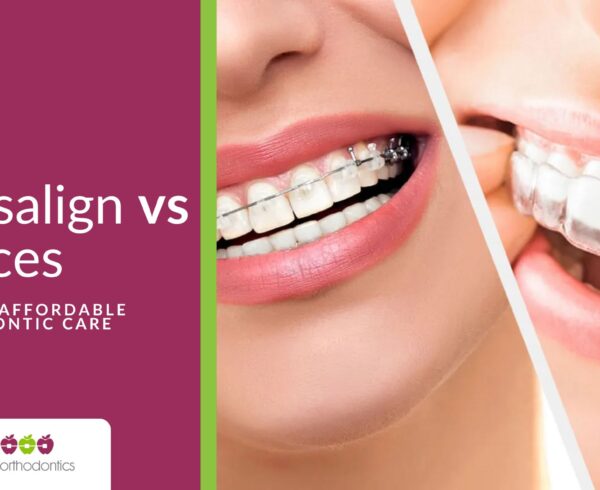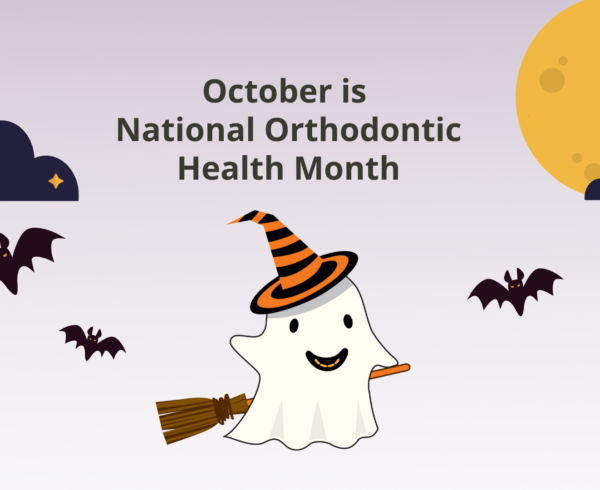Choosing between Invisalign and braces can be a challenging decision. Both options offer unique benefits and can effectively straighten teeth, but they cater to different needs and lifestyles.
This guide will help you understand the differences between Invisalign and braces, making it easier to decide which treatment is right for you or your child.
Invisalign has forever changed the orthodontic landscape and is becoming an increasingly popular means to predictably straighten teeth and correct bites, not only for adults but also teens and younger children. So now we have the choice, yet as with any decision in life there are advantages and disadvantages to consider.
Let us explore the different areas of concern when making the choice of braces vs. Invisalign:
Understanding Invisalign
What Is Invisalign?
Invisalign uses a series of clear plastic removable aligners which are custom-made to fit your teeth. These aligners are replaced every one to two weeks and gradually shift your teeth into place.
Advantages of Invisalign
- Appearance: Invisalign aligners are nearly invisible, making them a popular choice for adults and teens concerned about aesthetics.
- Comfort: Made of smooth plastic, Invisalign aligners are generally more comfortable and less likely to irritate the gums and cheeks.
- Convenience: Aligners can be removed for eating, brushing, and flossing, making it easier to maintain good oral hygiene.
- Effectiveness: Aligners are as effective as braces for almost all types of cases (both simple and complex), contrary to popular belief. They may be used for severe misalignments and bite problems, and in conjunction with elastics (rubber bands) for bite correction.
Considerations with Invisalign
Discipline: Invisalign requires compliance, as aligners must be worn for 20-22 hours a day to be effective.
Limitations: may not be as effective in cases with impacted teeth requiring surgical exposure
Frequency of visits: Visits are approximately every 10-12 weeks, much less frequent than braces visits.
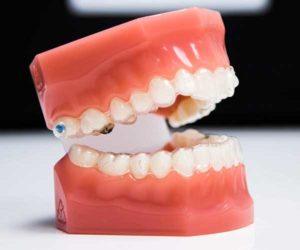
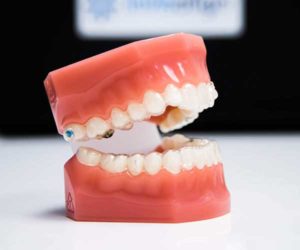
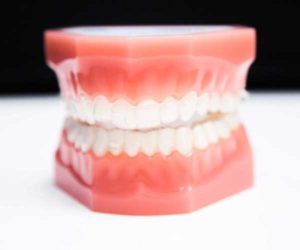
Understanding Braces
What Are Braces?
Braces are traditional orthodontic devices made of metal or ceramic brackets and wires that are attached to the teeth. Over time, they gradually move the teeth into the desired position.
Advantages of Braces
- Effectiveness: Braces are highly effective for treating both simple and complex orthodontic issues, including severe misalignments and bite problems.
- Consistency: Braces are fixed in place, ensuring continuous treatment without the risk of forgetting to wear them.
- Variety: Modern braces come in various styles, including ceramic and lingual braces, which are less noticeable than traditional metal braces.
Considerations with Braces
- Appearance: Braces are more visible, which might be a concern for some, especially teenagers and adults.
- Comfort: Initially, braces can cause discomfort and may cause irritation to the inside of the mouth. Patients generally get accustomed to them within the first few days or week.
- Hygiene: Maintaining oral hygiene can be more challenging with braces, as food and plaque can get trapped around the brackets and wires. This requires spending extra time for brushing and flossing, or stains may occur on the teeth over the course of treatment.
- Frequency of visits: Visits are approximately every 6 weeks to have braces adjusted.
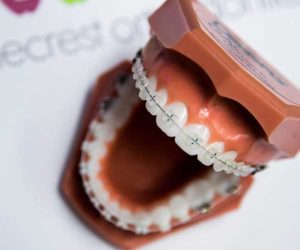
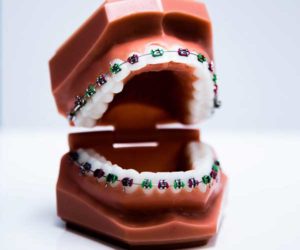

To book a consultation call 305-423-4130
Which Is Faster: Invisalign or Braces?
Treatment Duration
One of the most common questions patients have is, "Which treatment is faster?" The duration of orthodontic treatment varies based on individual cases, but on average, Invisalign and braces treatments take the SAME amount of time. That’s right! Many people believe that braces are faster than Invisalign, and this is a myth. However, there are different factors that can influence the speed of both Invisalign and braces.
Factors Influencing Speed
- Patient Compliance: Invisalign requires wearing aligners for 20-22 hours a day. Non-compliance can extend the treatment duration. On the flip side, braces also require patient compliance in the sense that hard or chewy foods can cause them to break, which can slow down treatment time. Additionally, it is important to come to all scheduled appointments in the case of both Invisalign and braces so as not to delay treatment time.
- Oral Hygiene: Poor oral hygiene can significantly slow down treatment time, especially in the case of braces. The presence of heavy plaque can cause friction that slows down tooth movement. It can also lead to swelling of the gums which can also cause treatment delays.
Ultimately, the fastest option will depend on your specific orthodontic needs and your commitment to following the treatment plan.
Which is best for you, Invisalign or Braces?
Consider Your Needs
When deciding between Invisalign and braces, consider the specific orthodontic needs, lifestyle, and personal preferences. Here are some key points to help guide your decision:
Aesthetic Concerns: If you or your child are concerned about the visibility of braces, Invisalign offers a more discreet alternative.
Comfort: Invisalign is the much more comfortable option since it is removable and also creates less irritation inside the mouth.
- Lifestyle and Discipline: Invisalign requires a high level of responsibility to ensure the aligners are worn as recommended. If you think you might struggle with this, braces could be a more reliable choice. However certain foods must be avoided with braces, which is a consideration as well.
- Hygiene: Braces require a great deal more attention than Invisalign when it comes to maintaining a healthy mouth, since they are fixed to the teeth. Extra care must be taken to avoid permanent stains or even cavities that may be visible once the braces are removed.
- Frequency of visits: Visits to the orthodontist for braces are approximately every 6 weeks, as compared to Invisalign visits which are approximately every 12 weeks.
- Severity of Alignment Issues: For complex cases, both Invisalign and braces will be effective treatments of choice.
- Budget: Consider the cost of treatment and check if your dental insurance includes an orthodontic benefit. Pinecrest Orthodontics offers flexible, no-interest payment plans to help manage the costs.
Find out which Treatment You a Candidate for
The first thing is to determine which types of treatment your case qualifies for.
While Invisalign is a very capable and impressive system, not all cases of Orthodontic misalignment can be treated with this system. Most can, but not all. Dr. Rothman will be able to help you determine which treatment will be the most successful for your individual case.
Which Type of Treatment Fits your Lifestyle
If you find yourself presented with both options, the second step is to think about which type of treatment appeals more to you, and which treatment will fit your lifestyle the best!
Invisalign has the obvious appeal of being fully removable, as well as almost completely invisible. Almost no people will notice that you’re undergoing treatment at all, and you’re able to completely remove the trays whenever it’s necessary - which includes when eating, drinking anything other than water, and brushing. Invisalign is the perfect option for anyone who wants to discreetly undergo treatment and have the freedom to fully remove their trays.
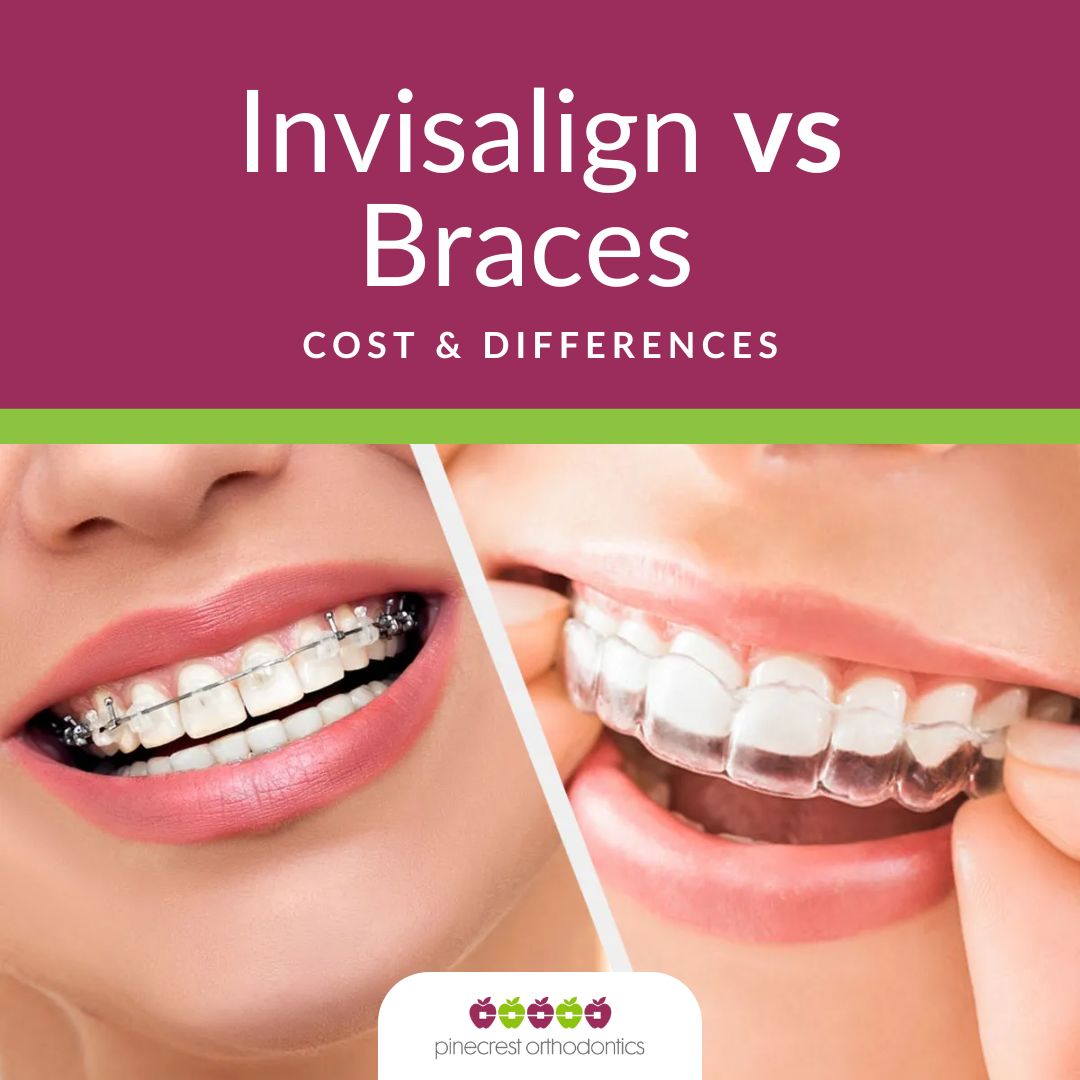
Personal Consultation
The best way to make an informed decision is to schedule a consultation with an experienced orthodontist. At Pinecrest Orthodontics, Dr. Victoria Rothman and her friendly team provide personalized care to help you choose the treatment that best fits your needs.
Pinecrest Orthodontics: Your Local Expert
Located in the heart of Pinecrest, Pinecrest Orthodontics is dedicated to providing top-notch orthodontic care to Pinecrest and surrounding Palmetto Bay, Cutler Bay, Homestead, and South Miami communities. Led by Dr. Victoria Rothman, our team combines advanced technology with personalized treatment plans to ensure the best outcomes for our patients.
We understand the unique needs of our local community and strive to offer convenient, high-quality care that fits seamlessly into your busy lifestyle. When it comes to choosing between Invisalign and braces, Pinecrest Orthodontics is the best place to guide you through the decision-making process and provide the exceptional care you deserve.

Book Your Complimentary Consultation with Dr. Rothman
Choosing the right orthodontic treatment is a significant decision that can impact your oral health and confidence. Dr. Rothman at Pinecrest Orthodontics is here to guide you through the process, ensuring you receive the best care possible. Schedule a complimentary initial consultation today to explore your options and start your journey to a beautiful, confident smile!
Call us at (305) 423-4130, visit us at 12197 S. Dixie Highway, Pinecrest, FL 33156, or check our website to book your appointment.
By considering your specific needs and consulting with an expert like Dr. Rothman, you can make the best choice for your orthodontic treatment. Whether you opt for Invisalign or braces, Pinecrest Orthodontics is committed to helping you achieve the smile of your dreams!

